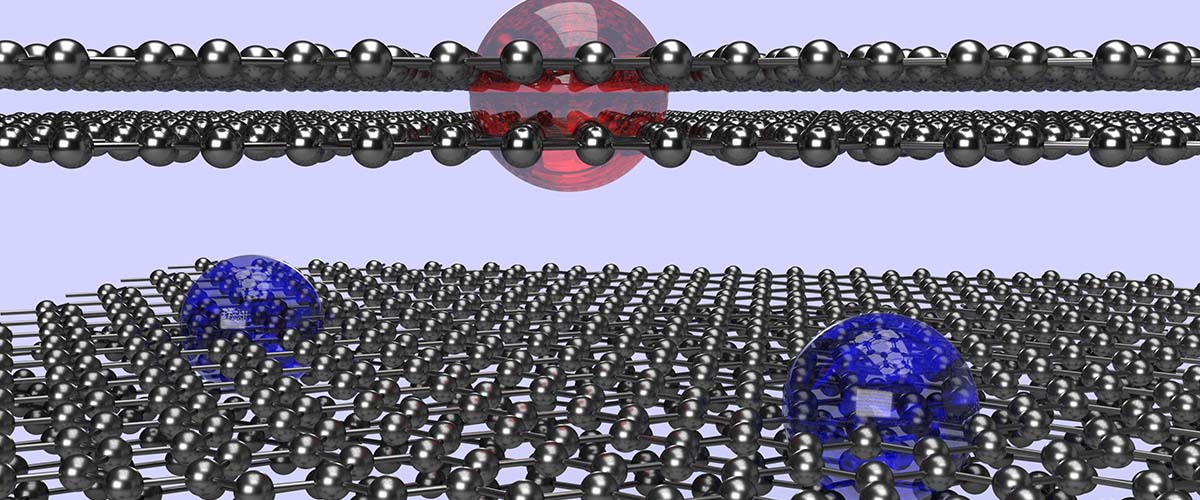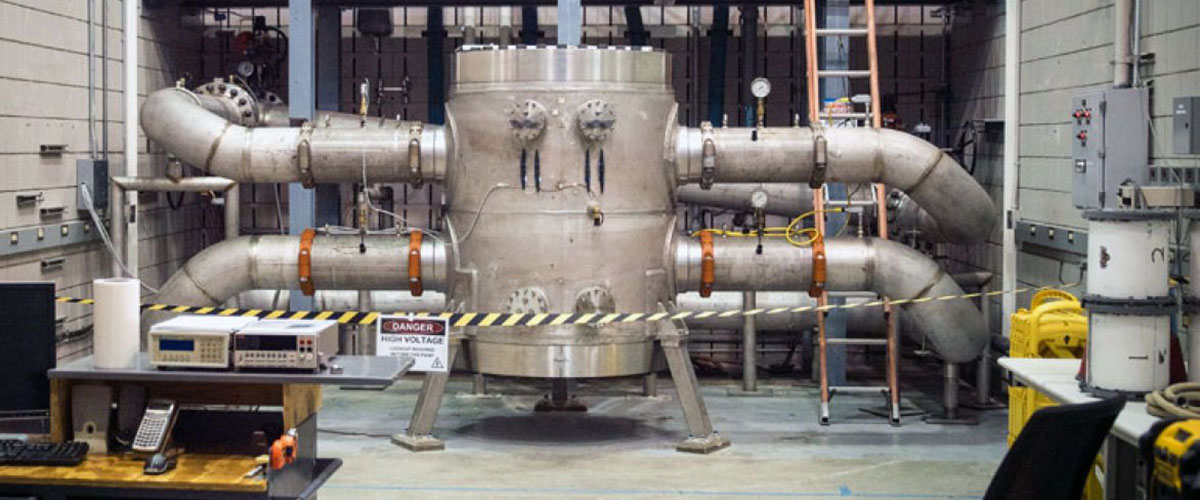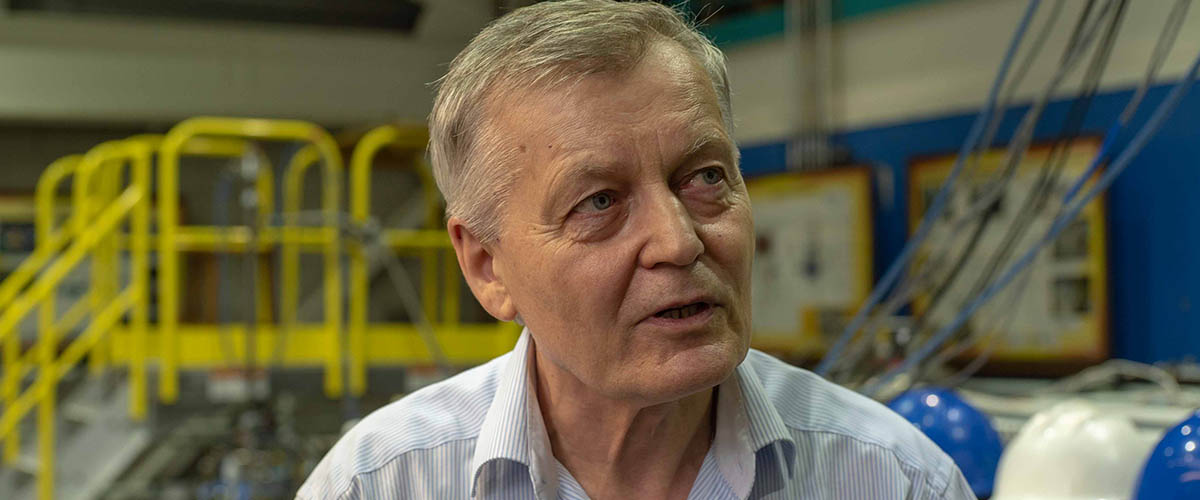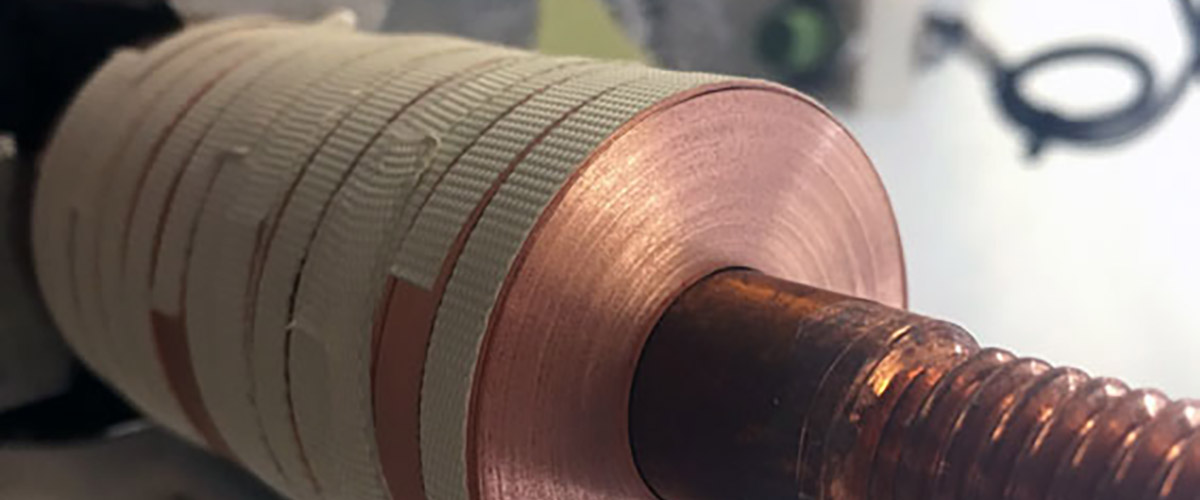It all started when Leo Li, an assistant professor of physics at Brown University, travelled to the National MagLab in January 2020 to give a talk. Li was returning to familiar territory, having previously visited the lab’s Tallahassee headquarters dozens of times to use its world-record magnets to probe double-layer graphene, a material made up of two layers of one-atom-thick sheets of carbon.
First produced in 2004, graphene has attracted the attention of legions of physicists intrigued by the science behind its unique behaviors. As a single-layer system, graphene offers researchers advantages because it is easier to manipulate and observe. While working as a post-doc in Cory Dean’s group at Columbia University, Li frequently used high magnetic fields to probe various forms of graphene.
Like most physicists who work and visit the MagLab, Li is an experimentalist focused on understanding promising materials like graphene at the atomic level.
But the lab is also home to a team of physicists who rarely, if ever, touch the magnets. For these theorists their tools are computers, algorithms, codes and their imaginations. Their presence among their experimentalist peers serves to stimulate dialogue between the two camps, helping each side see the shared physics problems in new ways.
That is exactly what happened when the leader of that theory team, Florida State University physics professor Oskar Vafek, attended Li's January talk. After the presentation, the two sat down in Vafek's MagLab office for what was supposed to be a courtesy chit-chat that typically follows guest talks. But the men hit it off, both personally and scientifically. When Li’s MagLab host came to collect him for dinner, he and Vafek politely waved him off, loathe to interrupt the conversation’s flow.
They talked for well over an hour. Their focus: An experiment Li had begun, designed to probe the superconducting phase in twisted bilayer graphene, and how to make it work.
Gauging Graphene
As a single-atom-thick layer of carbon — essentially the graphite in your pencil lead — graphene is remarkable on its own: incredibly strong and exhibiting an astonishing array of mechanical, thermal, electrical and optical properties. But the mysteries of the material go far beyond this simplest iteration. When you stack one or more layers of graphene together, or sandwich it with other monolayer materials, you throw the door open to a vast physics kitchen of endless mix-and-match recipes. Electrons are easier to observe and control in single (or few atoms thick) layered materials, which is why physicists around the world have devoted themselves to studying what electrons do in these systems under various conditions – and how those behaviors could be leveraged in new technologies.
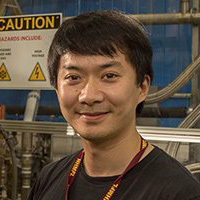
Leo Li, an assistant professor of physics at Brown University.
In recent years, scientists discovered that at the right cryogenic temperature, a graphene layer stacked at a specific angle atop another graphene layer results in a superconductor, carrying electricity with no losses. That angle —1.1 degrees — has been dubbed the "magic angle."
Since this discovery, scientists have been trying to figure out exactly what those electrons are doing. Is it an example of so-called conventional superconductivity, with electrons linking up in Cooper pairs? Or does a more exotic mechanism drive the superconductivity – and if so, what?
This was the question nagging Li.
"The superconducting phase in this material has attracted lots of attention because, if it is an unconventional superconductor, it will potentially answer many open questions in different fields," Li said. "If we are allowed to dream and speculate, it could lead to a more efficient way of doing quantum computations in the future. So that comes back to why it's important to understand exactly what this superconducting phase is."
Li and his group had started designing a way to attack the question, which he discussed with Vafek. A former recipient of the National Science Foundation's prestigious Faculty Early Career Development Award who has published extensively on graphene over the years, Vafek began bouncing ideas back and forth with Li.
"This was very spontaneous," recalled Vafek. "I think neither him nor I knew that after the end of this conversation, we would have something that will potentially be a Science paper, that's for sure."
Li wanted to combine different configurations of bilayer graphene and see what behaviors would arise under different experimental conditions. The bottom layer would be magic-angle TBLG. Vafek argued advocated placing a different kind of graphene bilayer, called a Bernal bilayer, above it, rather than just a monolayer. He suggested that Li could toggle the Bernal bilayer between conducting and insulating states by placing a perpendicular electric field through it, which would let him observe the different effects these states had on the bottom layer without disrupting the experiment.
"That's basically the foundation of this paper," Li explained. "The critical point is, don't use monolayer graphene for the other screening layer, use a Bernal bilayer."
Theorists and experimentalists sometimes have a hard time talking shop. "Their imagination goes everywhere," Li noted, while experimentalists like him are constrained by what they have to work with. But Vafek remained focused on the real-world problems Li faced, explaining the theory behind them in a clear way.
"At the end of the conversation we understood perfectly well what kind of measurement we needed to do," Li said.
Scientific Cross-Fertilization
Li wasted no time. Returning to Providence, he and his postdoctoral researcher, Xiaoxue Liu, started experimenting. Within a week they had promising preliminary data, Li said, and several months of collaborative back-and-forth began.
Li credited their early success in no small part to the high-quality device Liu built, which they called a hybrid double layer. Such tiny structures are hard to assemble, and scientists often cycle through many versions before they get it just right. Liu aced it on one of her first tries, helping the team make fast progress.
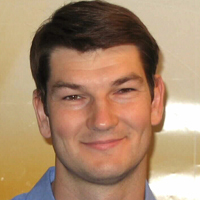
Oskar Vafek, Florida State University physics professor.
The upper Bernal bilayer was used to manipulate the electrons on the magic-angle TBLG below it — specifically, the degree to which the negative electrons repel each other through a force called Coulomb repulsion.
When they made the Bernal bilayer insulating, the Coulomb repulsion in the TBLG grew stronger, making it a more robust insulator. On the other hand, the Coulomb repulsion in the TBLG weakened when the bernal bilayer was made conducting. This change is shown to affect how the superconductor transitions into a normal metal when temperature increases.
"When you increase the repulsion between the electrons, the transition temperature actually goes down," Vafek explained. "Not by much, but it still goes down, and it's a measurable effect."
That effect — the opposite of what some theories predict, according to Vafek — sheds light on what is actually happening at the microscopic level in the TBLG to allow the electrons to move without any resistance.
The team produced a first draft of the paper within a month, an alacrity they could not have achieved without Vafek in the mix.
"The reason that we were able to move so quickly was because Oskar had already explained to me the things we needed to do," Li said. "So we did them."
In the months that followed, while navigating some interference from COVID, the team continued to refine their experiments, collecting all the data they needed for a solid scientific case. Regular check-ins between Li and Vafek confirmed they were on track. "The fact that prediction and observation match well is why we're confident in our results," Li said.
It's the type of scientific cross-fertilization that working at the MagLab promotes, Vafek said.
"I have an opportunity to discuss my ideas with people who do the experiment and, therefore, to constrain these ideas," he said. "We get a look at what they are working on before it becomes a publication."
This collaboration will have a lasting impact in the field, Li predicted.
"There has been a lot of debate regarding the nature of superconductivity in magic-angle TBLG," he said. "There's lots of experimental evidence interpreted with completely different interpretations. But everything has been indirect. This is the first piece of direct evidence that shows that it's one way versus another.
"This might not be the final piece of evidence — probably it's not," Li continued. "But it offers probably the strongest constraint for any theory in the future to interpret what this superconducting phase is."
Story by Kristen Coyne



